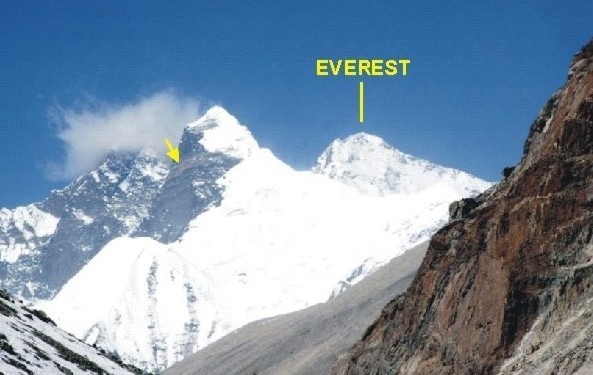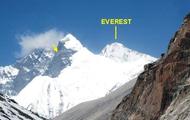Tectono metamorphic evolution and architecture of the Himalayan belt
ARCHITETTURA ED EVOLUZIONE TETTONO-METAMORFICA DELLA CATENA HIMALAYANA
Staff
- Rolfo Franco (Manager)
- Groppo Chiara Teresa (Manager)
Contacts
- +39 011 6705178
- franco.rolfo@unito.it
- Send email to members

ERC Sectors
PE10_5 - Geology, tectonics, volcanology
PE10_10 - Mineralogy, petrology, igneous petrology, metamorphic petrology
Activity
Being considered as the archetype of collisional orogens, the Himalayan belt is an exceptional natural laboratory for studying the tectono-metamorphic processes that were active in the past (and that are still active nowadays) during continental collision. This project focuses on the Himalayan metamorphic core in central-eastern Nepal, aiming at reconstructing its tectono-metamorphic evolution. Starting from fieldwork activity (geological mapping), the research is mostly based on petrographic and minero-chemical analysis and on thermobarometry, phase petrology and geochronological studies.
The great variety of lithologies and metamorphic conditions preserved in the different units provides the opportunity of investigating the petrological processes active at different crustal levels, ranging from low to medium grade metamorphism and up to the anatexis and the emplacement of granitic batoliths.

FIG 1 Garnet-bearing micaschist from the Main Central Thrust Zone in eastern Nepal, as seen under optical microscope (Crosse Polarized Light). Garnets have a millimetric size.
Main collaborations
CNR-IGG, Torino (Dott. Pietro Mosca)
Publications
- Rapa G., Mosca P., Groppo C., Rolfo F. (2018). Detection of tectonometamorphic discontinuities within the Himalayan orogen: structural and petrological constraints from the Rasuwa district, central Nepal Himalaya. Journal of Asian Earth Sciences, 158, 266-286.
- Rapa G., Groppo C., Mosca P. & Rolfo F. (2016). Petrological constraints on the tectonic setting of the Kathmandu Nappe in the Langtang–Gosainkund–Helambu regions, central Nepal Himalaya. Journal of Metamorphic Geology, 34, 999-1023.
- Rolfo F., Groppo C. & Mosca P. (2015). Petrological constraints of the “Channel Flow” model in eastern Nepal. In: Mukherjee S., Carosi R., van der Beek P.A., Mukherjee B.K. & Robinson, D.M. (eds), “Tectonics of the Himalaya”. Geological Society, London, Special Publications, 412, 177–197.
- Groppo C., Rolfo F. & Mosca P. (2013): The cordierite-bearing anatectic rocks of the Higher Himalayan Crystallines (eastern Nepal): low-pressure anatexis, melt-productivity, melt loss and the preservation of cordierite. Journal of Metamorphic Geology, 31, 187-204.
- Groppo C., Rolfo F. & Indares A. (2012). Partial melting in the Higher Himalayan Crystallines of Eastern Nepal: the effect of decompression and implications for the “channel flow” model. Journal of Petrology, 53, 1057-1088.
Tag: Tectono-metamorphic evolution; Collisional orogens; Himalaya





